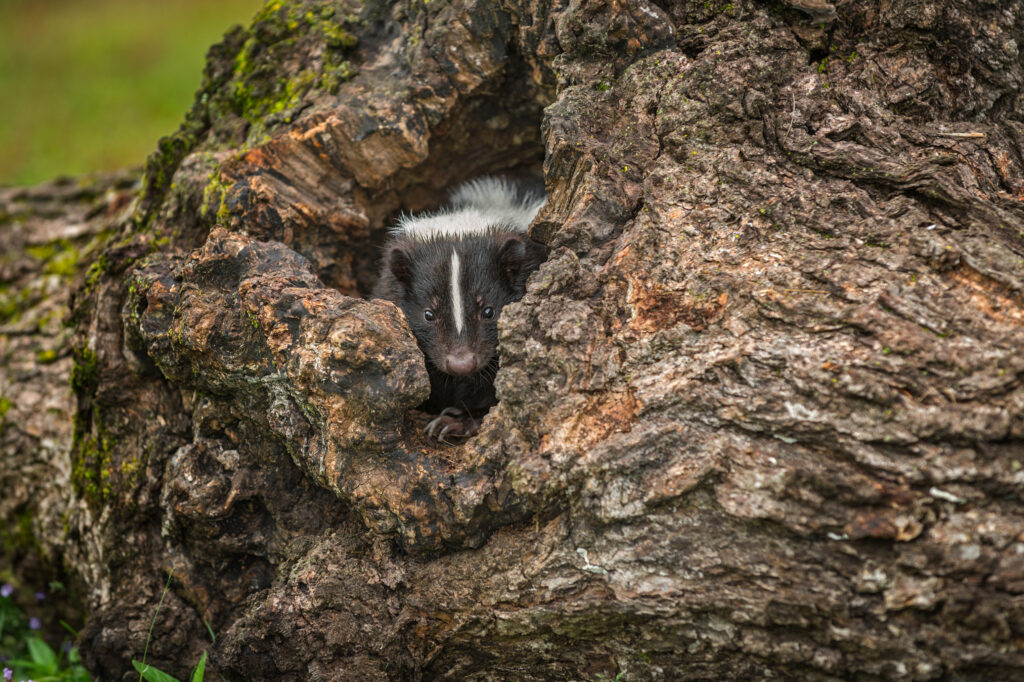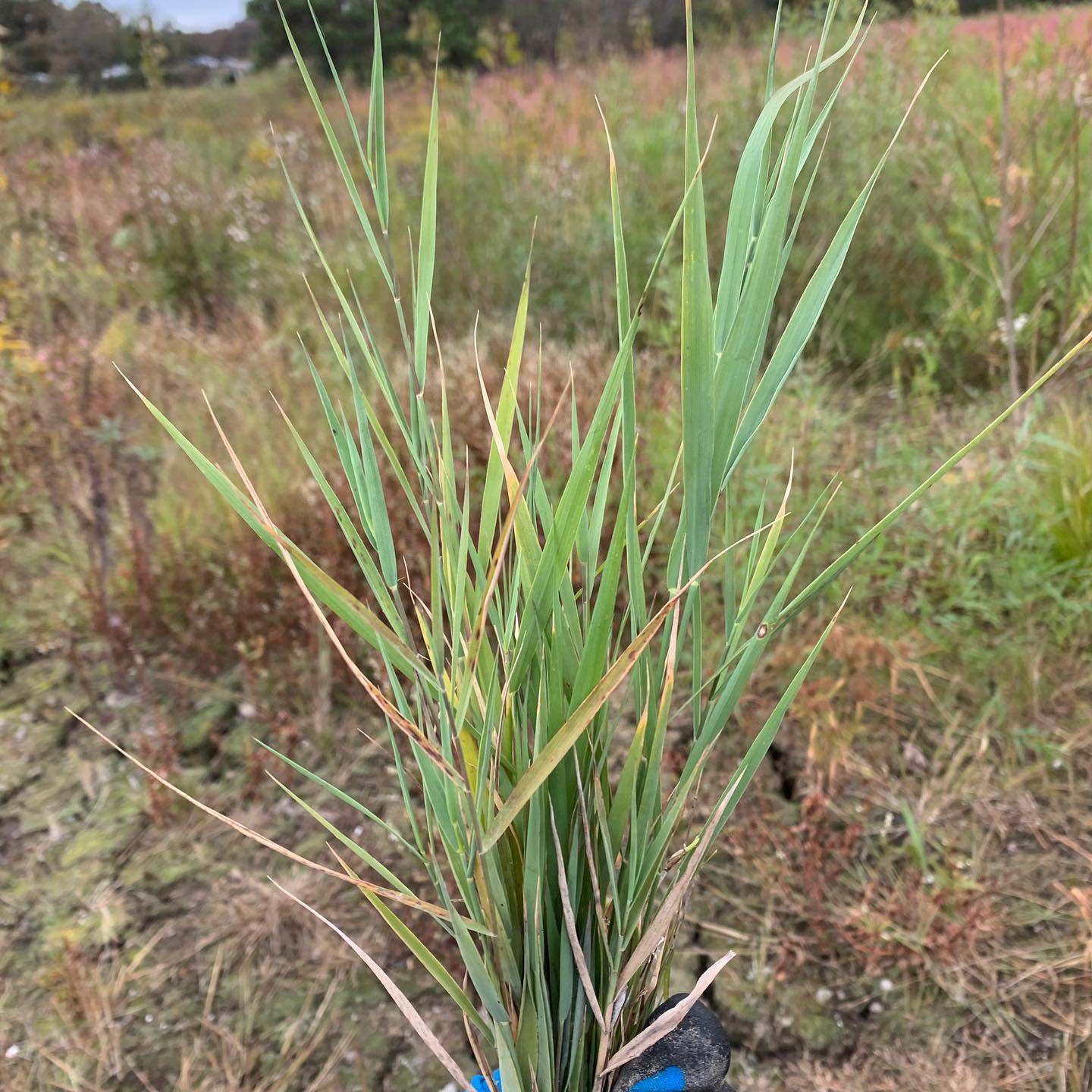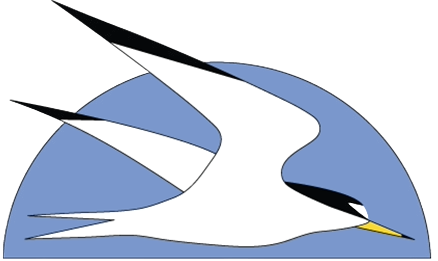Long Island/Environment
“LI minks, gray foxes, long-tailed weasels and skunks on survey’s look-for list”
Newsday
January 27, 2023
By Joan Gralla
It’s a Long Island paradox — despite ever-increasing development, a few species of wildlife are returning or even claiming new territory.
Now Suffolk environmentalists are launching a three-year survey to find out where and whether 27 land and semiaquatic mammals might be found.
“I’ve never had a mink show up on one of my camera traps,” said Mike Bottini, a wildlife biologist with Suffolk’s Seatuck Environmental Association, which is carrying out the survey with volunteers who will be taught how to use the equipment.
And yet, he said recently, minks “share the same kind of riparian habitat, the edges of wetlands and freshwater wetlands” that appeal to their otter cousins.
Gray foxes, long-tailed weasels and skunks also are among the uncommon species biologists are keen to spot.
Explained Bottini their “status and distribution are currently unknown.”
The new survey, which includes trapping live animals, will be the first since Long Island’s mammals were comprehensively captured in 1971 by the naturalist Paul F. Connor, who wrote “The Mammals of Long Island, New York.”
Already one long-tailed weasel has been caught on a trail camera — and posted by one of the groups the Seatuck not-for-profit relies on, Long Island Wildlife Photography. However, “we’re not disclosing the locations of sensitive species” to ensure they are not disturbed, Bottini said.
Skunks, once thought to have mostly vanished from the Island, are being seen out East at least, in small numbers.
River otters also have been observed. And coyotes can be found in Suffolk and Nassau, possibly having swum across from islands in Long Island Sound.
Once the survey is finished, the experts hope its results will persuade the Department of Environmental Conservation to end any hunting or trapping of those uncommon creatures. “These are considered rare species by most wildlife biologists here, yet the current state regulations allow trapping for all four species on Long Island,” Bottini said. “Some wildlife biologists feel that current state regulations do not reflect the population status of these species” in Nassau, Suffolk, Brooklyn and Queens, he said.
The Department of Environmental Conservation had no immediate comment on whether it should further tailor its hunting and trapping regulations to match the abundance or scarcity of these species. No deer hunting, for example, is allowed in Nassau. Matthew Schlesinger, chief zoologist, New York Natural Heritage Program, in a statement, said: “The first step in protecting New York’s mammals is determining where they are, and our statewide survey is providing a wealth of information for conservation and management. Some of these species are so small and elusive, they must be trapped to be identified.”
The Natural Heritage Program is a partnership between the DEC and SUNY College of Environmental Science and Forestry, which aims to protect rare animals, plants and ecosystems. Once more common than red foxes, the population of grays fell sharply in the last century as they evidently were less able to adapt to suburban life — or evade hunters and trappers.
“The gray fox tends to be more nocturnal and secretive then the red, and less inclined to frequent the open country and beaches,” Connor wrote, saying his team “glimpsed single individuals believed to be this species on two occasions.”
More recently, Brookhaven National Laboratory in 2006 and 2007 said “the presence of Gray fox was confirmed” through trail cameras and DNA analysis of scat.
Next Tuesday [Jan 31, 2023], the Seatuck Environmental Association holds a free Zoom presentation to teach volunteers how to use remote trail cameras — and Bottini hopes schools, scout troops and other groups join in.
“We think the project is appropriate for most grade levels, it’s an excellent way to educate students about L.I.’s diverse wild mammal species, involve them in an important wildlife conservation project, and most importantly … it’s fun!”
Informational videos will help volunteers identify the wildlife, and sightings can be submitted on the iNaturalist website.
The zoom presentation recording “Terrestrial Mammals of Long Island” is here: https://seatuck.org/community-science-webinars/




